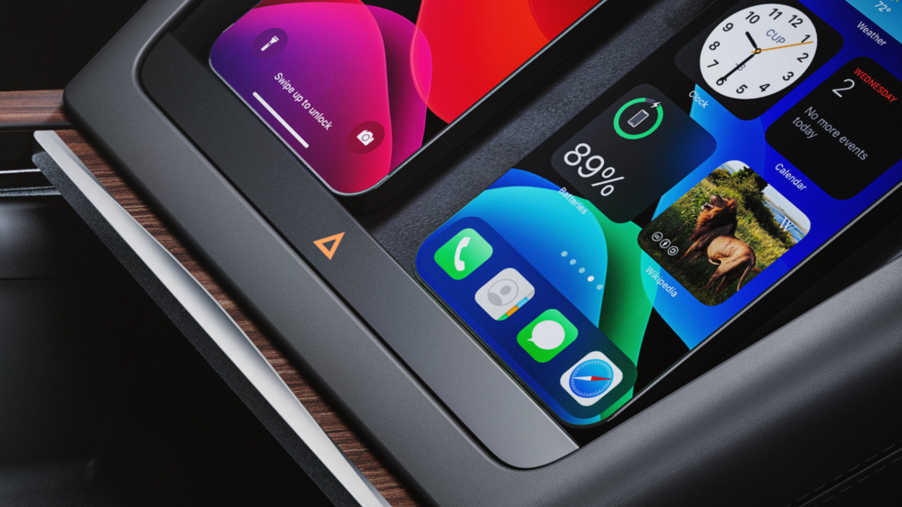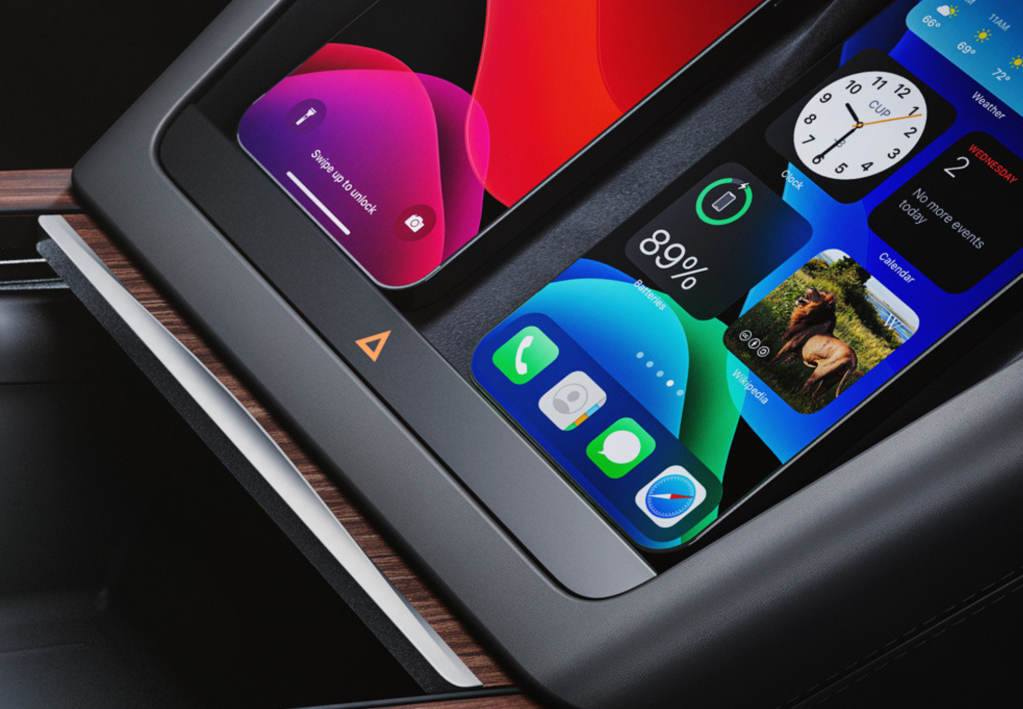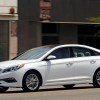
The New Tesla Model S Has Hidden Controls You Won’t Be Able to Find
The Tesla Model S has a sleek and subtle set of controls that drivers may struggle to find. Manual input is a backup plan in the Model S. Tesla has moved as many vehicles controls away from manual driver input to automatic AI decision-making as possible. Founder Elon Musk believes the less driver input, the less chance for error making roads safer for everyone. So, where will drivers find these manual inputs if all else fails?
Your Tesla Model S will guess which gear you need
Consumer confidence has been shaken in Tesla’s AI, but the technology remains cutting-edge automotive machine learning. The Model S can learn drivers’ habits and predict destinations. It can integrate calendar appointments into current navigation too. As a result, Tesla drivers have already embraced many self-driving features.
If drivers will trust those features, will they trust a Tesla to put itself in gear? Details on these systems are light, but the Model S may use rear and forward cameras and driver patterns to make informed decisions. In addition, drivers can easily override the automatic system with the touchscreen.
Trusting AI to guess which gear a driver needs or predict a route based on date and time is easier when manual overrides are close at hand. While drivers can use their infotainment system to switch gears quickly, a manual backup is close at hand. But where?
Manual controls are accessible but may be easy to miss

The Tesla Model S has a futuristic and sophisticated cabin that’s noticeably missing a standard feature. There is no traditional gear shift in the Tesla Model S. For these controls, drivers will have to look in a peculiar place.
At the front center of the console beneath the infotainment display sits a touch-sensitive control panel. Barely perceptible to the untrained eye are traditional gear controls. Instead, drivers will have to tap this control panel to engage it, illuminating the control labels.
The controls will automatically illuminate if the infotainment system crashes. Otherwise, only the hazard light control will be activated on this panel. The controls are a sleek and stylish design that fits the brand. They just take a moment to adjust to. This placement and configuration are intuitive and practical, if not unusual.
Tesla is in good company with its hidden controls
Tesla is far from the first automaker to put vehicle controls in places that drivers struggled to find. Ford left mustang drivers stumped in the mid-2010s. A silver toggle controlled hazard light controls amid other sundry controls. Unfortunately, the symbol distinguishing it from other controls was hard to see when the chrome reflected light.
The button was in an unintuitive but prominent location next to the start button. Once drivers were familiar with its location, it’s easy to find. RAV4 owners found that the steering wheel heating control was awkwardly placed. It’s hard to see around the steering wheel. It’s meant to heat.
The Jaguar XFR-S was heavily criticized for its entire dash design. The chrome accents reflected light so much that drivers could barely look at the controls. This could be a dangerous distraction.
Tesla’s new manual gear controls are sleek and practical. Their location isn’t much different from the placement of a typical shifter. This layout could easily become a mainstream configuration.


